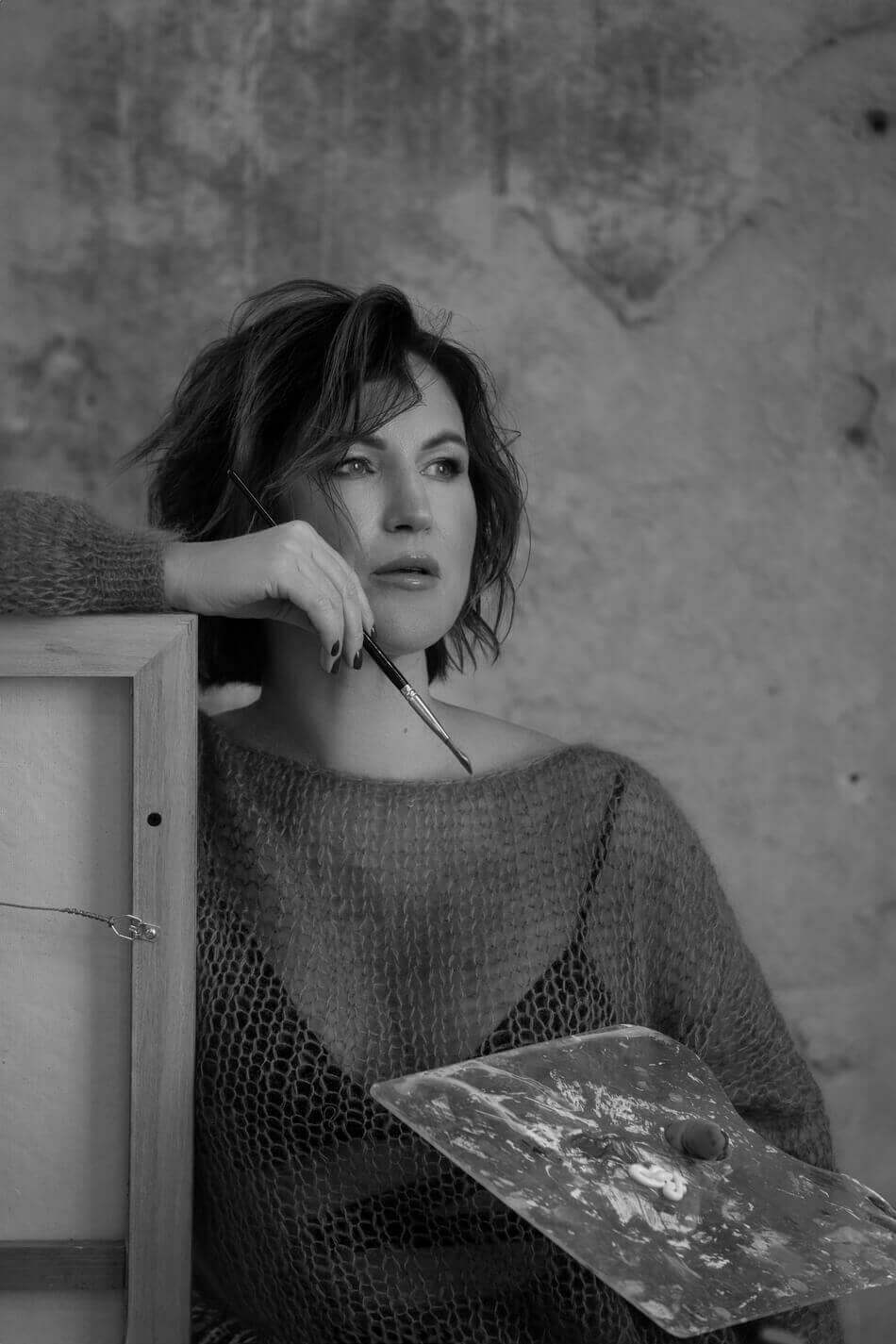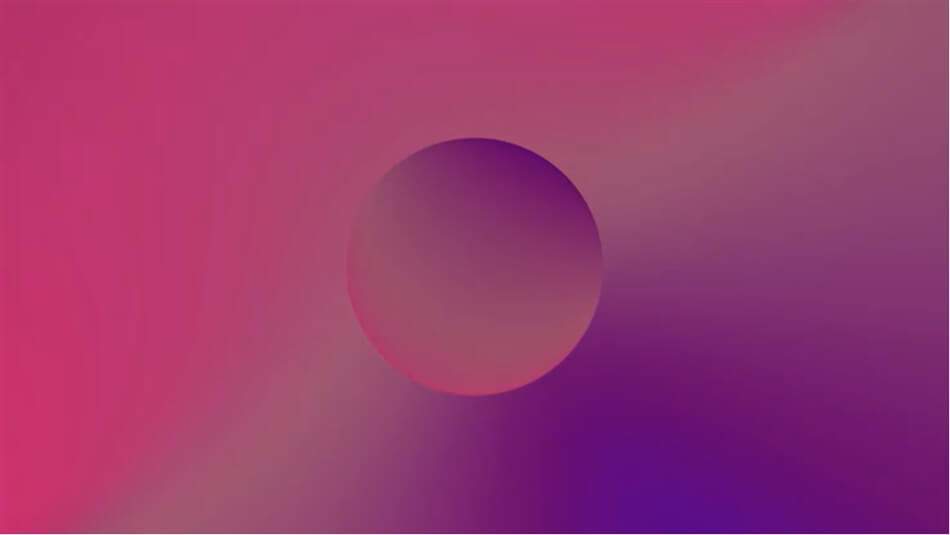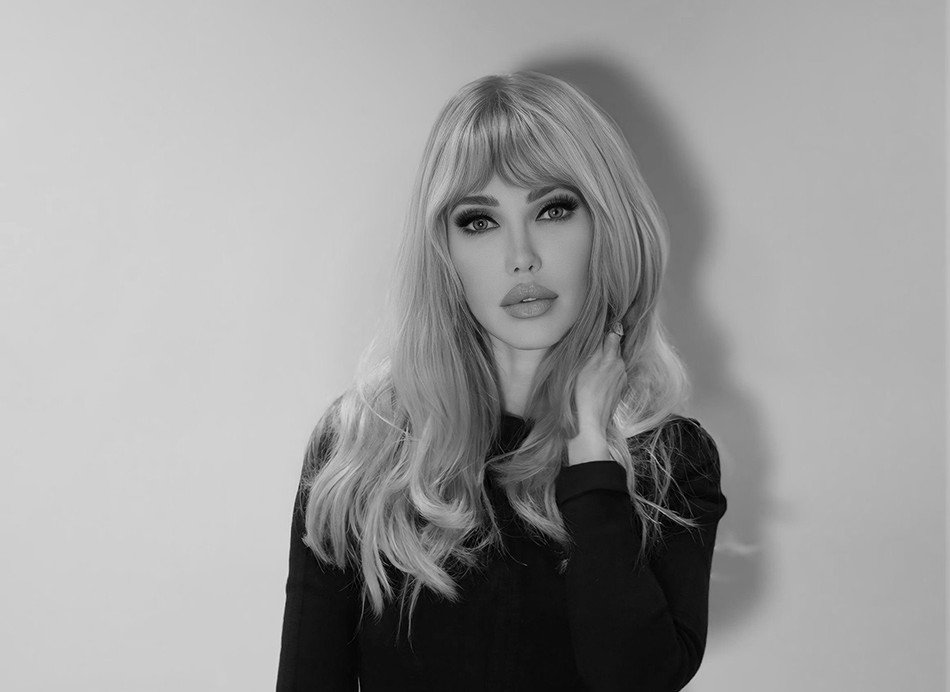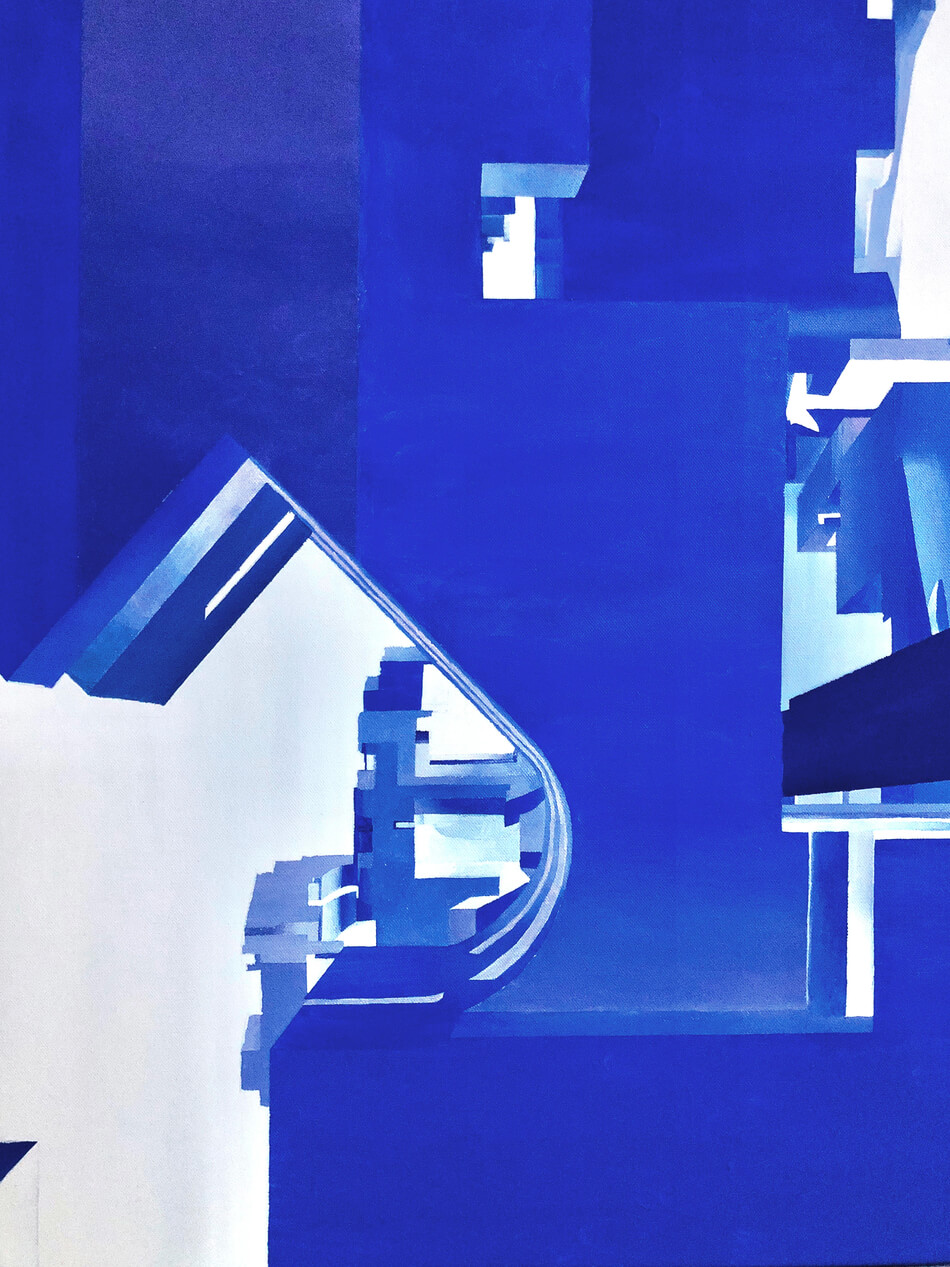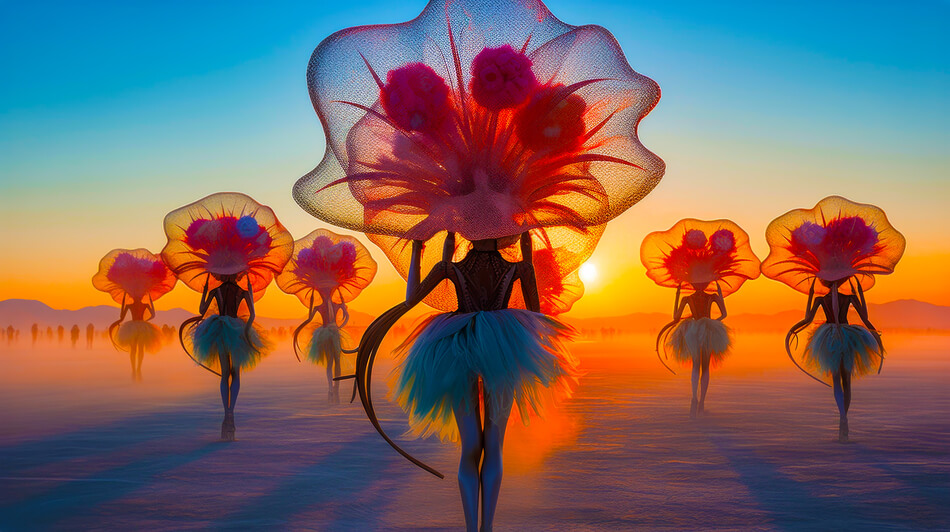
Interview: Melis Ragusin
Luca Curci talks with Melis Ragusin during the 20th edition of VENICE INTERNATIONAL ART FAIR 2024 at Palazzo Albrizzi-Capello in Venice.
Born in Izmir, Turkey, in 1979, Melis Ragusin embarked on a multifaceted journey that seamlessly combines art’s physical and digital realms. Initially drawn to International Relations and Economics, she earned her Bachelor of Arts degree at Towson University in Maryland, USA. Following a successful professional chapter in the IT sector, life’s unexpected turns brought her back to Izmir, inspiring a profound creative transformation. Melis’s artistic journey is a testament to dedication and passion. It began as a personal exploration, leading her to immerse herself in mixed-media and new-media art. She enhanced her skills through dedicated self-study and immersive workshops, establishing herself as an artist celebrated for her richly textured, multidimensional works. While her artistic journey began with physical materials-crafting textured, multi- dimensional pieces-Melis has embraced AI as a transformative force in her process. She doesn’t just use AI and digital projection as tools but as collaborators in her creative journey, pushing the boundaries of what art can be. The process doesn’t stop there. Melis takes these initial AI-generated or digitally manipulated images into software programs like Adobe Photoshop and Illustrator, where she refines them adjusting colors, enhancing textures, and even reimagining the composition by moving elements within the frame. This approach allows her to combine the precision of technology with the hands-on creativity she has honed as a mixed-media artist, resulting in works that are both visually striking and deeply immersive. Drawing inspiration from the every day, she transforms fleeting moments, textures, and emotions into layered narratives that invite curiosity and introspection. Melis’s work has been showcased in prominent exhibitions, including Art Weeks Istanbul IX (2024). Her pieces have garnered attention for their unique blend of physical and digital elements. She continues to push the boundaries of artistic expression, expanding into immersive digital experiences, such as motion art for music festivals. Her mission is to create art that transcends the visual, inviting viewers to engage with each layer and texture, and fostering a connection that is as tactile as it is emotional. In every piece, she strives to merge the old with the new, the tangible with the virtual-celebrating the infinite possibilities of artistic exploration and inviting the audience to become part of the art.
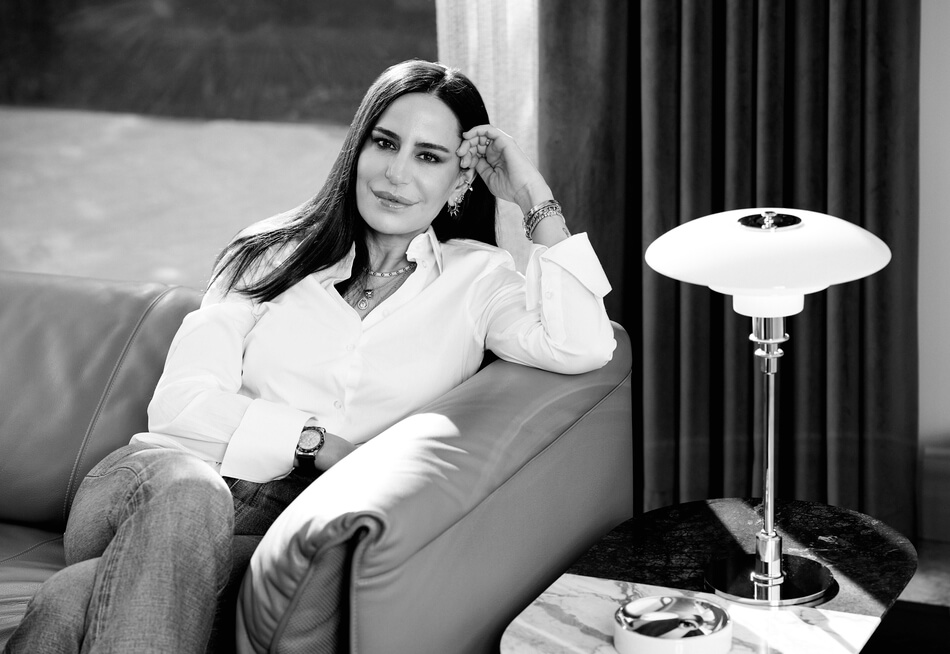
Luca Curci – What initially inspired you to integrate AI into your artistic process?
Melis Ragusin – I’ve always been curious about technology and its ability to enhance our lives. Artificial Intelligence, in particular, captivates me with its capacity to transform imagination into reality. It opens up a dynamic creative process where my thoughts and words evolve into artworks. This fusion of human creativity and machine capability represents a new realm of artistic expression that continually pushes the boundaries of innovation.
LC – How has working with AI changed your perception of what art can be or how it can be created?
MR – Working with AI has completely reshaped my understanding of art and the creative process. It has shown me that art is no longer confined to traditional tools or methods – it can be an evolving dialogue between the artist and the technology. AI introduces an element of unpredictability and innovation, offering results I could never have envisioned on my own. It has expanded my perception of art as something fluid, where boundaries between the creator and the medium blur, resulting in collaborative works and constantly pushing the limits of creativity.
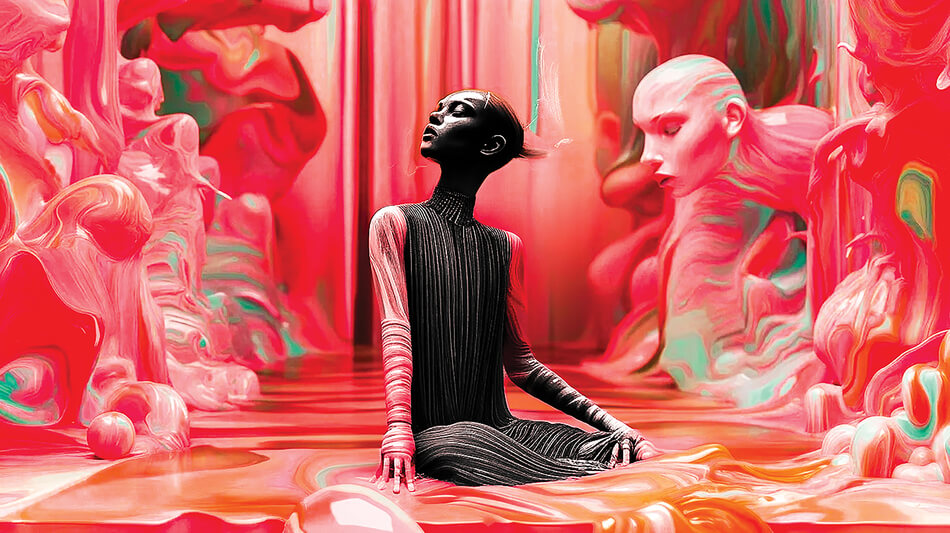
LC – Many traditional artists view AI with skepticism. How do you respond to concerns about the authenticity of AI-generated art?
MR – I understand the skepticism, as AI challenges traditional notions of authorship. However, I see AI as a collaborator that enhances creativity rather than replacing the artist. The human element remains essential-I guide the process, provide the vision, and shape the final outcome. Interacting with AI is a deeply personal and intentional process. Depending on my artistic vision, the way I ‘feed’ the AI with specific prompts, emotions, concepts, or even text directly impacts the final result. It’s not about letting the AI do the work; it’s about channeling its capabilities to bring my unique ideas to life. Each decision I make during this interaction changes the outcome, ensuring that the final piece is a reflection of my artistic voice. Authenticity, for me, lies in the intention and emotion behind the work, not just the method of creation. AI is just another medium, much like paint or clay, with its own unique characteristics and potential.
LC – Can you explain your workflow when creating AI-generated pieces, from initial concept to the final artwork?
MR – My workflow begins with a clear vision or concept that I want to express, often rooted in a theme, emotion, or narrative. This vision guides the crafting of my initial prompts, which are like seeds planted into the AI. These prompts can be descriptive phrases, symbolic words, or abstract ideas, designed to inspire the AI and steer it in the desired creative direction. The process, however, is highly iterative. Rarely does the first prompt yield a perfect result. It often takes hundreds of back-and-forth adjustments-tweaking language, adding nuances, or experimenting with unexpected combinations. Each iteration refines the output, shaping it closer to my vision. This iterative dialogue with the AI is where the magic happens, as the work evolves organically, influenced by both the AI’s capabilities and my creative decisions. Once I have a result that resonates, I take the output into tools like Adobe Photoshop for further refinement. Here, I manipulate colors, textures, and compositions, adding a personal touch that ensures the final piece reflects my artistic intent. In some cases, I blend digital elements with physical materials or extend the work into immersive formats, such as motion art for music festivals. Ultimately, the process is dynamic and collaborative. While AI introduces an element of surprise, the continuous refinement ensures that the artwork is a true expression of my artistic vision.

LC – AI often produces unexpected outcomes. How do you balance control over your work while embracing these surprises?
MR – One of the most exciting aspects of working with AI is its ability to produce the unexpected. These surprises often push my creative boundaries, introducing ideas or forms that I might not have imagined on my own. However, maintaining control over the direction of the work is equally important to ensure it aligns with my artistic vision. I approach this balance by viewing the AI as a collaborator rather than a tool. While I allow room for spontaneity in the early stages-experimenting with prompts and embracing the unexpected-I remain deeply involved in the selection and refinement process. Each output is evaluated, and I guide the evolution of the work, step by step. If a surprising result resonates, I integrate it, sometimes even building an entire piece around that element. If it doesn’t, I refine the prompts or reimagine the composition. This interplay between control and serendipity is where the magic happens. By trusting the process yet staying intentional, I can create works that feel both innovative and authentic-grounded in my vision while enriched by the possibilities AI brings.
LC – You refine AI-generated visuals using software like Photoshop. How does this step add a human touch to the final piece?
MR – Refinement is where I infuse my personal touch. While AI generates a strong foundation, the raw outputs often need adjustments to align with my vision. By fine- tuning elements like color, texture, and composition, I ensure the work feels cohesive and emotionally resonant. This stage allows me to transform an idea generated by AI into a cohesive and emotionally resonant artwork. It’s in these moments of manual adjustment where I might amplify a texture, shift a composition, or reimagine a detail that the work becomes uniquely mine. These tools give me the flexibility to bridge the precision of technology with the intuition and emotion of traditional art-making, ensuring that every piece feels intentional and deeply personal. Ultimately, this refinement process ensures the final artwork not only reflects my vision but also carries the tactile, human quality that invites viewers to connect on a deeper level.

LC – You describe AI as a collaborator. How would you define this partnership between artist and machine?
MR – My relationship with AI is a partnership where both the machine and I contribute uniquely. I guide the vision, while the AI offers unexpected interpretations. This dynamic exchange enriches my process, allowing me to create works neither of us could achieve alone. AI is more than a tool or medium-it’s a transformative collaborator. While it aids in generating ideas, it also challenges and inspires me, creating a dialogue between human intuition and machine intelligence. This interaction leads to co-creation, where new artistic realms emerge through collaboration.
LC – What unique qualities does AI bring to your art that traditional methods cannot achieve?
MR – AI offers innovation and unpredictability, generating complex patterns and abstractions that surpass human imagination. It has the ability to process complex inputs – such as symbolic language, abstract concepts, or even fragmented ideas – and generate entirely new forms, patterns, and compositions. This ability to reinterpret and transform input into unexpected visual outcomes opens up creative possibilities that are often beyond the limits of human imagination. Moreover, AI enables me to explore vast iterations of an idea in a fraction of the time it would take using traditional techniques. This efficiency allows me to experiment with countless variations, unlocking new directions that I might not have pursued otherwise. The generative nature of AI also makes it possible to merge different styles, mediums, and aesthetics seamlessly, creating works that are truly hybrid in nature. The unique quality of AI lies in its capacity to surprise and challenge me as an artist. It acts as both a collaborator and a muse, constantly expanding my creative potential while pushing the boundaries of what art can be in the digital age.

LC – How do you use AI to explore human emotions and the complexity of experience in your art?
MR – AI allows me to approach the themes of human emotions and the complexity of the human experience from a unique perspective. By translating abstract ideas, feelings, or symbolic language into visual outputs, AI becomes a bridge between the intangible and the tangible. For instance, I might input words or concepts tied to specific emotions-like fragility, joy, or melancholy-and let the AI reinterpret these in ways that often surprise me. The generative nature of AI offers a level of abstraction that can evoke deep, universal emotions while still leaving room for individual interpretation. This abstraction allows me to explore the multifaceted nature of human experience, layering meaning into every piece. Additionally, the iterative process of working with AI, where outputs evolve through a back-and-forth dialogue, mirrors the complexity of human thought and emotion-fluid, nuanced, and never static. By combining the AI’s ability to process these themes with my own artistic decisions and refinements, I create works that invite viewers to connect with their own feelings and stories, adding their perspectives to the narrative. This interplay between human emotion and machine-generated creativity opens new dimensions for exploring the depth of the human condition.
LC – What challenges have you faced in working with AI?
MR – Working with AI comes with its own set of challenges, both creatively and conceptually. Creatively, one of the biggest hurdles is refining the AI’s outputs to align with my artistic vision. The generative process often yields results that are intriguing but not entirely cohesive with the narrative or emotion I want to convey. It requires patience and a lot of iteration-sometimes hundreds of prompt adjustments-to achieve the desired outcome. Balancing the element of surprise with control can be both rewarding and demanding. Conceptually, the challenge lies in navigating the discourse around authorship and originality in AI-generated art. There’s often skepticism about whether AI diminishes the role of the artist, and I’ve had to thoughtfully articulate how I remain the guiding force behind the work. Additionally, understanding the ethical implications of AI-such as biases in datasets or the broader impact of AI technology-is an ongoing consideration in my practice. Despite these challenges, they are also opportunities for growth. They push me to be more intentional, adaptable, and innovative in both my creative process and the way I approach the evolving relationship between art and technology.

LC – As AI evolves, what new possibilities do you foresee for its integration into the arts?
MR – AI’s evolution opens doors to interactive artworks that respond dynamically to audience engagement or environmental changes. It could bridge disciplines like music, performance, and storytelling, creating multisensory experiences. As AI learns from individual styles, it could foster a more intimate collaboration between artist and machine, redefining how we create and experience art.
LC – How do you address ethical considerations in AI-generated art?
MR – Transparency is key. I openly share my process to show that AI complements rather than replaces creativity. I critically evaluate datasets to mitigate biases and ensure the work aligns with my values. By thoughtfully engaging with these issues, I aim to contribute to an inclusive dialogue about art’s evolving relationship with technology.

LC – How has AI influenced your physical art pieces, and do you see yourself continuing traditional work?
MR – AI has been a remarkable source of inspiration for my physical art pieces, providing fresh perspectives and ideas that I can translate onto the canvas. The generative process often yields unexpected patterns, textures, or compositions that spark my imagination and guide the direction of my mixed-media work. For example, an AI-generated visual might inspire a particular color palette or suggest a layering technique that I can adapt using physical materials like resin, sand, or broken glass. While I am deeply engaged in exploring the possibilities of AI, I will never stop producing physical art pieces. There’s something incredibly tactile and personal about working with physical materials that can’t be replicated digitally. The process of layering textures and interacting directly with materials keeps me grounded and connected to traditional art-making. AI complements rather than replaces my physical practice, enriching it with new ideas and expanding my creative boundaries. By combining the two mediums, I can create works that bridge the physical and digital worlds, offering audiences a multi-dimensional experience that’s both innovative and timeless.
LC – What are your aspirations for the future of your AI practice?
MR – Currently, I am enrolled at Berkeley University, studying AI in business, and this program has been instrumental in expanding my understanding of AI’s capabilities and applications. The knowledge I’m gaining is directly influencing how I craft ideas and integrate AI into my artistic practice. This learning process is inspiring me to think beyond the traditional uses of AI in art, exploring how it can foster deeper audience engagement and interactivity. One of my most exciting future projects is a planned solo exhibition where I will present an installation that mimics the fluid and organic movements of clouds. This piece will be deeply interactive, responding to audience gestures to create a dialogue between the viewer and the artwork. It represents my goal of using AI to not only innovate visually but also to create meaningful, immersive experiences that connect on both an emotional and intellectual level. I see these endeavors as a way to bridge the gap between technology and humanity, using AI not just as a tool but as a partner in storytelling and experiential art. My ultimate aspiration is to push the boundaries of what AI-integrated art can achieve while remaining true to the emotional depth and narrative complexity that define my work.

Are you an artist, architect, designer? Would you like to be featured on ITSLIQUID platform? Send an e-mail to info@itsliquid.com or fill the form below

